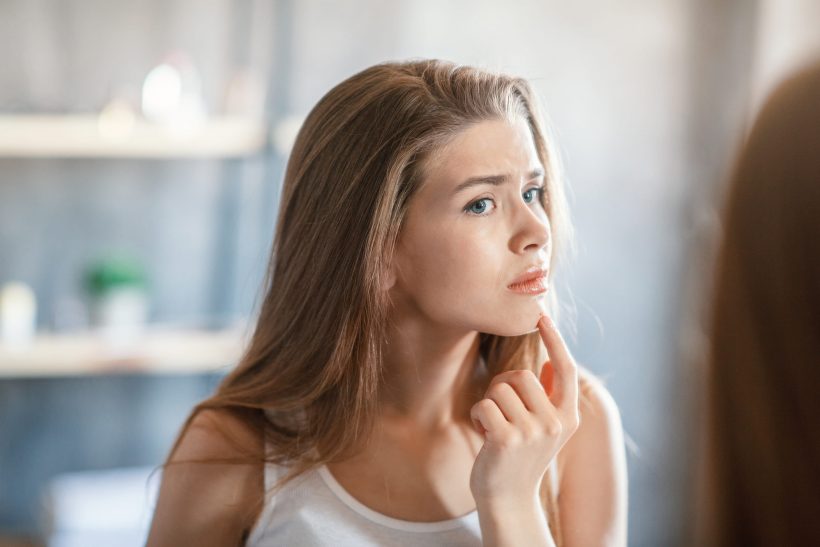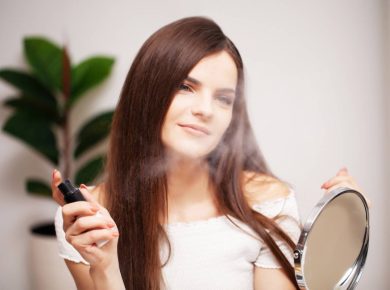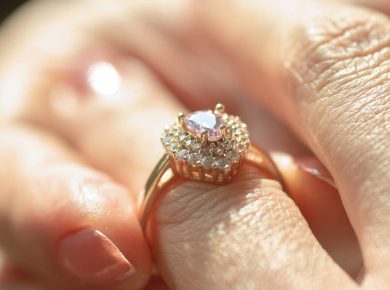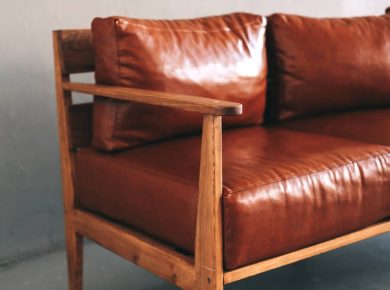Acne is one of the most common skin conditions in the world, affecting 85% of Australians aged 15-24. Over the years, acne treatment has evolved as we learn more about the skin and its various conditions, but which acne treatments are the best for the most severe form of acne: the dreaded cystic acne? First, we’ll dive into what causes acne.

What Is Acne?
Acne is not a cosmetic condition, but a chronic inflammatory disease, and can be anything from clogged pores called ‘comedones’, which can be open (blackheads) or closed (whiteheads), papules (small red bumps on the skin), and pustules (like papules but filled with pus), to very large, painful, inflamed and swollen nodules and cysts (‘blind pimples’). Redness and pain, as well as post-inflammatory hyperpigmentation and scarring are also common with acne. It doesn’t just occur on the face – it can appear on the chest and back (and sometimes upper arms) as a result of these areas having many sebaceous glands.
Acne sufferers produce excess oil (sebum) and the skin cells lining their pores don’t shed properly, instead it collects in the pore. The sticky skin cells and oil mix together along the length of the pore, creating a microscopic blockage called a microcomedone.
Acne bacteria (Cutibacterium acnes, which used to be called Propionibacterium acnes) feed on sebum, gathering and multiplying in large numbers around the oily plug, which signals to the body that it should start producing chemicals that result in inflammation.
The inflamed plug gradually enlarges to form a visible comedone. In some instances, the comedone can burst, resulting in the bacteria and pus leaking out onto the surrounding tissue, creating even more inflammation, and causing other acne lesions like papules, pustules, nodules, and cysts.
Do Hormones Cause Acne?
Excess sebum production (‘seborrhoea’) is caused by hormones. The hormones involved are called ‘androgens’, and include dihydrotestosterone (DHT) and testosterone. Both males and females produce androgens in their adrenal glands, testes, or ovaries, or these are converted from precursor chemicals in the skin, hair follicles, sweat glands, and sebaceous glands.
Teenage acne occurs as a result of the natural increase in androgen hormones during puberty, but adult acne is more common than you think – it can rear its head during menstruation (it is thought that this is because less oestrogen is available to suppress androgens), and pregnancy.
Because of its hormonal basis, treatments for acne can include anti-androgen drugs such as oral contraceptives, spironolactone, and cyproterone acetate. Vitamin A can also reduce sebaceous gland activity.
The Most Severe Type: Cystic Acne
Cystic acne occurs when sebum and dead skin cells are trapped in follicles beneath the skin, creating an ideal breeding environment for bacteria, which subsequently leads to the follicles becoming infected. The pressure of this built-up sebum and pus often causes cell walls to break down, allowing the infection to spread sideways beneath the skin. Cystic acne is usually painful and results in scarring, and can affect how you feel about your appearance, making you anxious or depressed when faced with social interactions.
This severe, and uncommon type of acne is characterised by large pus-filled cysts, large white bumps or boil-like lesions, redness, and the area is often tender or painful to the touch. Cystic acne differs from other types of acne as it is often triggered by hormonal changes such as puberty, however, it can also be triggered by hormonal treatments, and you can be genetically predisposed to developing it.
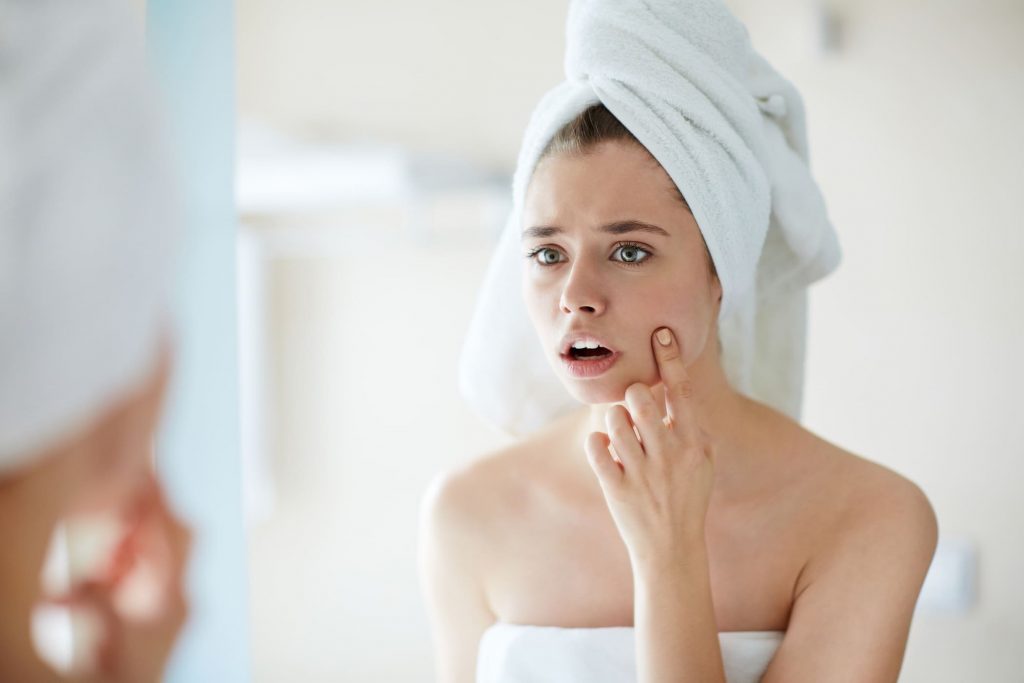
Cystic Acne Treatment
There are many over-the-counter (OTC) cleansers and treatments aimed at unclogging pores (salicylic acid, glycolic acid) and killing bacteria (benzoyl peroxide, which also has a pore unclogging effect). These often don’t fully clear breakouts. This is because they don’t target all the factors that cause cystic acne – oil, sticky skin cells, bacteria, and inflammation.
That’s where the Australia-based Qr8 MediSkin comes in, their doctors can customise the best acne treatment product for you – one that targets all the acne-causing pathways to help you manage acne (and post-inflammatory hyperpigmentation at the same time). Clinically formulated treatments can be found through telehealth providers like Qr8 MediSkin, whose doctors conduct a video consultation with their patients and directly deliver your acne treatment to your door.
Just as with other types of acne, it is important to never squeeze the cysts as this will increase the likelihood of the infection spreading through deeper tissue. Cystic acne may require antibiotic treatment (these can be oral and/or topical antibiotics). If hormones are a contributing factor for the outbreak, the introduction of the contraceptive pill (for females) can often stabilise or regulate hormone levels, and aid in the treatment.
These are often paired with azelaic acid or salicylic acid to kill bacteria and get rid of excess dead skin cells, benzoyl peroxide to reduce the quantity of bacteria on the skin, and retinoids (adapalene, tretinoin, and tazarotene among others), vitamin A derivatives that help chemically remove dead skin cells.
How long does it take for cystic acne to clear up, you ask? It will vary from person to person as there is a multitude of contributing factors and treatment options available. Symptoms can be progressively managed and effectively improved over a period of months, or in some cases, this amount of time can take years.
Finding The Right Cystic Acne Treatment In Australia
We are often tempted to want to touch or pick at painful, swollen acne cysts. But cystic acne is more likely than other types of acne to scar or develop infections. A dermatologist can offer suggestions to prevent cystic acne, lowering the chances of scarring. Antibiotics and topical (skin) creams are effective cystic acne treatments, as well as direct injections
With over-the-counter remedies, while they are easily accessible in drug and beauty stores, are not likely to alleviate or clear up cystic acne due to its severity. Being prescribed medical treatment from a telemedicine provider or dermatologist is the best way to combat this type of acne. Consulting a medical professional will take away the guesswork, as well as the trial and error that is commonly faced when trying to treat and prevent cystic acne.
